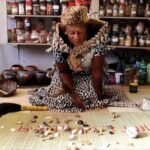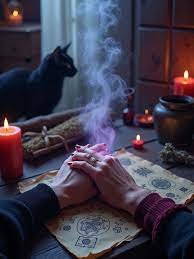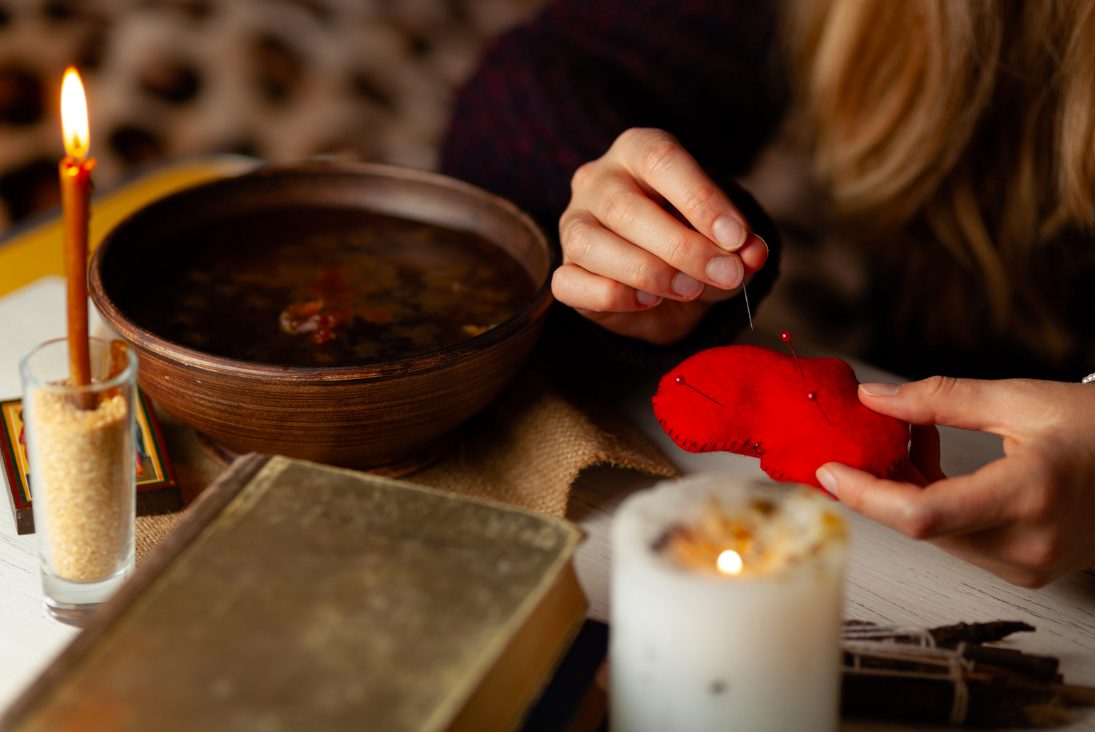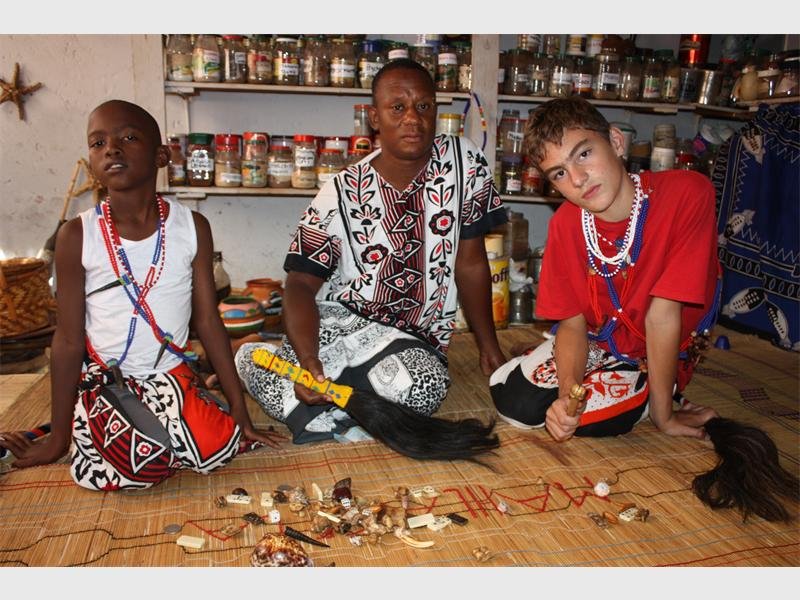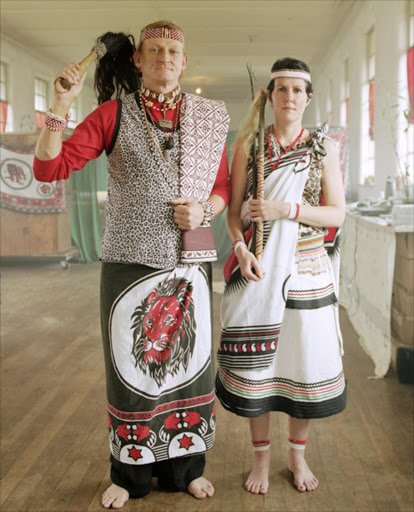Understanding the Role of Traditional Healers
Traditional healers, often referred to as sangomas in certain cultures, serve as vital figures within their communities, providing holistic healing practices that address both physical and spiritual ailments. These practitioners draw on extensive knowledge of indigenous medicinal plants, rituals, and ancestral wisdom. Their role transcends mere health care; traditional healers often act as community leaders, mediators, and counselors, fostering a sense of cultural identity and continuity among their people.
Sangomas employ a variety of healing methods, including herbal remedies, divination, and spiritual consultations. Herbal medicine is a significant aspect of their practice, utilizing local flora to treat various conditions, ranging from minor ailments to chronic diseases. Additionally, they may engage in practices like ancestor veneration, which reinforces the belief in the interconnectedness of life, and the idea that health and well-being are influenced by ancestral spirits.
Common practices associated with traditional healing incorporate rituals meant to restore balance and harmony to the individual and the community. These may include ceremonies, songs, and dances that not only aim to heal but also to strengthen social bonds and cultural cohesion. The holistic approach of traditional healers stands in contrast to the more segmented focus of Western medicine, which often emphasizes biological determinants of health without considering the social or spiritual dimensions.
While traditional healing may not always align with evidence-based practices, its role within the community remains indispensable. Many individuals still turn to sangomas when modern medicine fails to provide satisfactory answers, often seeking a more personalized and culturally relevant approach to health. The differences between traditional and Western healing methodologies highlight the diverse ways in which people understand and seek care for their ailments, emphasizing the importance of cultural context in health practices.
The Importance of Trust and Reputation
When selecting a traditional healer or sangoma, trust and reputation stand out as imperative factors in ensuring a safe and beneficial experience. A healer’s credibility can often be gauged through personal recommendations from friends or family members who have previously sought their services. These endorsements are invaluable as they come from credible sources, specifically individuals who have firsthand experience of the healer’s methods and effectiveness. This personal touch can offer an added layer of comfort, especially when one is navigating the often complex world of traditional healing.
Additionally, community feedback plays a significant role in establishing a healer’s reputation. Observing the responses of the local community towards a sangoma can provide insights into their ethics, effectiveness, and approach to healing. Engaging in conversations with community members can unveil experiences and testimonials that influence one’s perception, helping potential clients make informed decisions. Community dynamics often dictate which healers are held in the highest regard, and understanding these nuances can guide individuals in their selection process.
Word-of-mouth marketing cannot be understated in the realm of traditional healing. Often, those who seek the assistance of a healer share their experiences within networks, forming an informal yet influential feedback loop. Social gatherings, local events, and community discussions serve as platforms for sharing such experiences. Over time, these conversations contribute to the establishment of a healer’s reputation, affecting their standing within the community. Therefore, tapping into local networks and seeking feedback is fundamental in building trust when selecting a traditional healer or sangoma.
In conclusion, evaluating trust and reputation through personal recommendations, community feedback, and local networks is essential in the process of selecting a traditional healer. This diligence not only enhances the likelihood of a positive experience but also promotes a sense of safety and reassurance for those seeking alternative healing methods.
Researching Potential Healers
When it comes to selecting a trusted traditional healer or sangoma, thorough research is essential. This process begins with online searches, where one can utilize various search engines and specialized websites dedicated to traditional healing practices. By inputting specific queries such as “trusted sangoma near me” or “traditional healer reviews,” individuals can uncover a wealth of information about potential practitioners. Furthermore, visiting local directories or wellness platforms can enhance this search, providing detailed listings and additional insights into the services offered by each healer.
Social media platforms also play a significant role in the research process. Many traditional healers maintain a social media presence, where they share testimonials from clients and showcase their healing practices. Engaging with these posts allows potential clients to gauge the healer’s credibility and the satisfaction of their previous clients. Comments and reviews can offer valuable perspectives on the healer’s abilities, approach, and overall effectiveness, making social media an essential tool for prospective clients.
Additionally, visiting community centers or attending local cultural events can provide opportunities to learn more about the healers available in one’s area. Many traditional healers are active in their communities, often sharing knowledge at workshops or healing circles. Interacting with community members can yield recommendations that are rooted in personal experiences, further assisting individuals in making informed choices. Such grassroots insights not only enhance one’s understanding of the healing practices but also help build rapport with potential healers, which is integral to the healing process.
In summary, by leveraging online searches, local directories, social media, and community engagements, individuals can effectively research potential traditional healers, thus ensuring that their choice is both informed and trustworthy. This due diligence is crucial for enhancing one’s confidence in the healing journey.
Evaluating Qualifications and Experience
When seeking the assistance of a traditional healer or sangoma, it is crucial to evaluate their qualifications and experience in order to ensure you are entrusting your well-being to a competent practitioner. One of the primary aspects to consider is the training they have undergone. Traditional healers often learn through an apprenticeship model, where they are guided by experienced practitioners. This hands-on training, which may last several years, can be more valuable than formal education as it provides real-world experience in various healing modalities.
In addition to formal training, it is important to inquire about the number of years the healer has been in practice. A sangoma with an extensive background is likely to have encountered diverse patients and complex cases, which can enhance their ability to provide effective remedies. Practitioners who have been in their field for a considerable length of time will also have had the opportunity to hone their skills and build a solid reputation within the community.
Specialization is another key factor to consider. Some traditional healers may focus on specific areas, such as herbal medicine, spiritual healing, or community healing practices. Understanding the healer’s area of specialization can help align their expertise with your health needs. Furthermore, check if they are affiliated with any recognized traditional healing organizations, as this association can lend credibility to their practice. Membership in a reputable organization signifies that the practitioner adheres to certain standards and is committed to ongoing education within the traditional healing community.
Ultimately, thorough evaluation of qualifications, experience, and areas of specialty will serve as valuable indicators of a sangoma’s potential effectiveness in fostering your healing journey. Selecting a trusted traditional healer should involve careful consideration of these aspects, ensuring a meaningful and beneficial partnership in addressing your health concerns.
Assessing Healing Methods and Approaches
When selecting a trusted traditional healer or sangoma, it becomes essential to evaluate the various healing methods they utilize. Traditional healing is a comprehensive practice that often encompasses herbal remedies, divination, and spiritual healing. These methods are not merely alternative approaches but are rooted in centuries-old traditions that resonate deeply within specific cultures.
Herbal remedies are commonly employed by many traditional healers, incorporating a variety of plants and natural substances that are believed to possess healing properties. Understanding a healer’s knowledge of local flora and their applications in treating specific ailments can help one assess their expertise. Inquire about the specific herbs used, their sourcing, and any preparations involved, as a healer’s reliance on quality and authenticity plays a critical role in successful treatments.
Divination is another pivotal aspect of a traditional healer’s practice, offering insights into an individual’s health by tapping into spiritual realms. Various methods such as casting bones, interpreting signs, or engaging in rituals may be utilized. Familiarity with these practices and their significance is crucial. Individuals seeking guidance should consider how these divinatory methods align with their beliefs and whether they feel comfortable with the spiritual implications of such an approach.
Spiritual healing, which often encompasses rituals, prayers, and the invocation of ancestral spirits, makes up the philosophical backbone of traditional healing. Assessing whether a healer’s spiritual practices resonate with one’s own beliefs is vital. This alignment fosters trust and ensures that the healing experience is supportive and respectful of the individual’s personal journeys and values.
Ultimately, understanding the diverse methodologies utilized by traditional healers enables individuals to make informed choices that align with their personal health needs and belief systems, leading to a more effective healing journey.
Trusting Your Instincts: The Initial Consultation
The initial consultation with a traditional healer or sangoma serves as a critical foundation for the therapeutic relationship. During this first encounter, it is essential to assess the healer’s demeanor and communication style. A trusted healer will exhibit warmth, empathy, and openness, creating an environment where clients feel valued and understood. Observing how the healer interacts with you can provide insight into their approach and philosophy. It is important to note if they actively listen to your concerns and respond thoughtfully.
Moreover, this meeting offers a valuable opportunity to evaluate the healer’s expertise and methods. A competent traditional healer should be able to explain their techniques and the rationale behind their practices in a clear and accessible manner. Their willingness to answer your questions and engage in a dialogue about your wellbeing is indicative of a professional attitude. If the healer’s explanations resonate with you, it may enhance your confidence in their abilities.
Another crucial aspect of this consultation is how comfortable you feel in the healer’s presence. Trust is a vital component of any healing process, and if you sense discomfort or unease, it is essential to reflect on these feelings. Your intuition can serve as a powerful guide; if a healer’s approach does not feel supportive or aligned with your needs, it may be wise to consider alternative options. Remember, the goal is to find someone who not only possesses the knowledge and skills required but also fosters a sense of reassurance during the healing journey.
In this context, it is imperative to trust your instincts when making this choice, as they can lead you to a healer who truly resonates with you.
Understanding Ethical Practices
Choosing a trusted traditional healer or sangoma requires careful consideration of ethical practices that are fundamental to the relationship between healer and client. An ethical healer should exemplify honesty in their communication, openly discussing their methods and the potential outcomes of any treatment. This transparency is vital, as it enables clients to make informed decisions regarding their health and well-being. The integrity of the healer can often be gauged by how openly they provide information about their qualifications and experiences. Clients are encouraged to ask questions and gauge the responsiveness of the healer in providing clear and truthful answers.
Respecting client boundaries is another key aspect of ethical practice. A reputable traditional healer should always seek consent before performing any treatments or procedures. This concept of informed consent is crucial; clients must be made aware of what to expect during their sessions and be given the opportunity to opt out if they feel uncomfortable at any stage. Ethical healers prioritize the emotional and physical comfort of their clients, ensuring that practices are conducted in a safe space, free from coercion or manipulation.
Moreover, traditional healers carry the responsibility of maintaining professionalism in their practice. This includes being attentive to the unique needs of each client, understanding cultural sensitivities, and demonstrating empathy throughout the healing process. Healers should also be aware of their limitations and not hesitate to refer clients to medical professionals if their condition requires medical intervention. The integration of ethical practices not only enhances the client-healer relationship but also promotes a holistic approach to healing that is both respectful and effective.
Cost and Accessibility of Services
The cost of traditional healing services can vary significantly, influenced by factors such as the healer’s experience, geographic location, and the complexity of the services provided. It is essential to consider budget constraints when selecting a trusted traditional healer or sangoma. Many practitioners recognize the importance of accessibility and may offer a variety of pricing models to accommodate different financial situations. For instance, some healers may charge a standard fee for their services, while others might adopt a sliding scale, where fees are adjusted based on the client’s income or ability to pay.
In addition to standard fees, it is not uncommon for traditional healers to accept barter systems, wherein clients can exchange goods or services for healing treatments. This practice can significantly enhance accessibility, allowing individuals who may not have the financial means to experience traditional healing benefits. It is advisable to have a transparent conversation regarding costs and payment options upfront to avoid misunderstandings later. An open discussion can ensure both parties are comfortable and can facilitate a good working relationship.
Furthermore, potential clients should conduct thorough research to find healers within their budget while also ensuring the quality and efficacy of the services rendered. Checking online reviews, asking for recommendations from trusted sources, and visiting local community groups can provide valuable insights into the healer’s reputation. Ultimately, while cost is an important aspect, it should not be the sole determinant in selecting a healer. Balancing affordability with the healer’s qualifications, expertise, and client testimonials will contribute to a more fulfilling and effective healing experience.
Continuity of Care and Follow-Up
Continuity of care is a fundamental aspect when engaging with a traditional healer, commonly referred to as a Sangoma. This process involves establishing a consistent and ongoing relationship that allows for effective treatment and a thorough understanding of the individual’s health journey. To benefit fully from the services provided by a Sangoma, regular follow-up appointments are essential. During these follow-ups, the healer can assess the progress of the treatment, make necessary adjustments, and address any emerging concerns that may arise.
Ongoing communication between the individual and the traditional healer significantly enhances the healing process. It allows the healer to understand not only the physical ailments but also the emotional and spiritual dimensions of the individual’s health. This holistic approach ensures that the Sangoma can tailor treatments to the specific needs of the individual, improving the overall effectiveness of the healing methods employed. Reliable communication encourages a two-way dialogue, where the individual feels comfortable sharing feedback about their experiences and concerns, which can provide invaluable insights to the healer.
Establishing a long-term relationship with a traditional healer fosters trust and comfort. It is within this nurturing environment that individuals are likely to engage more openly, allowing for a deeper exploration of their healing journey. Subsequently, Sangomas often develop a comprehensive understanding of their patients over time, which can lead to more personalized and impactful treatments. In fostering continuity of care through diligent follow-up and communication, individuals are guided towards significant and sustained improvements in their wellbeing.
